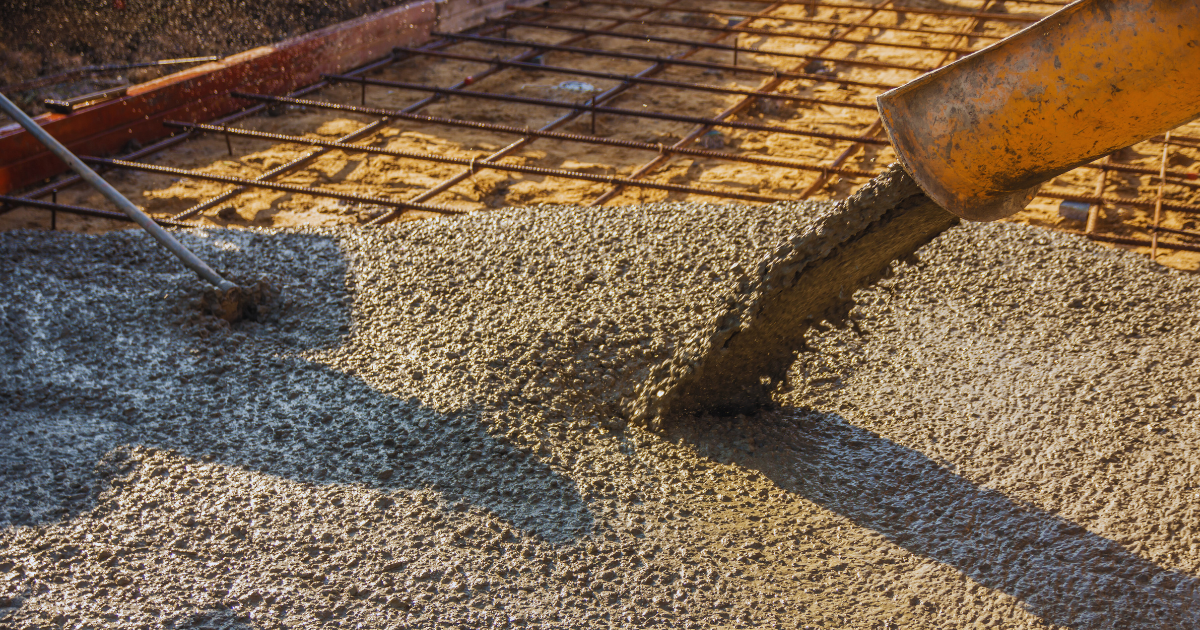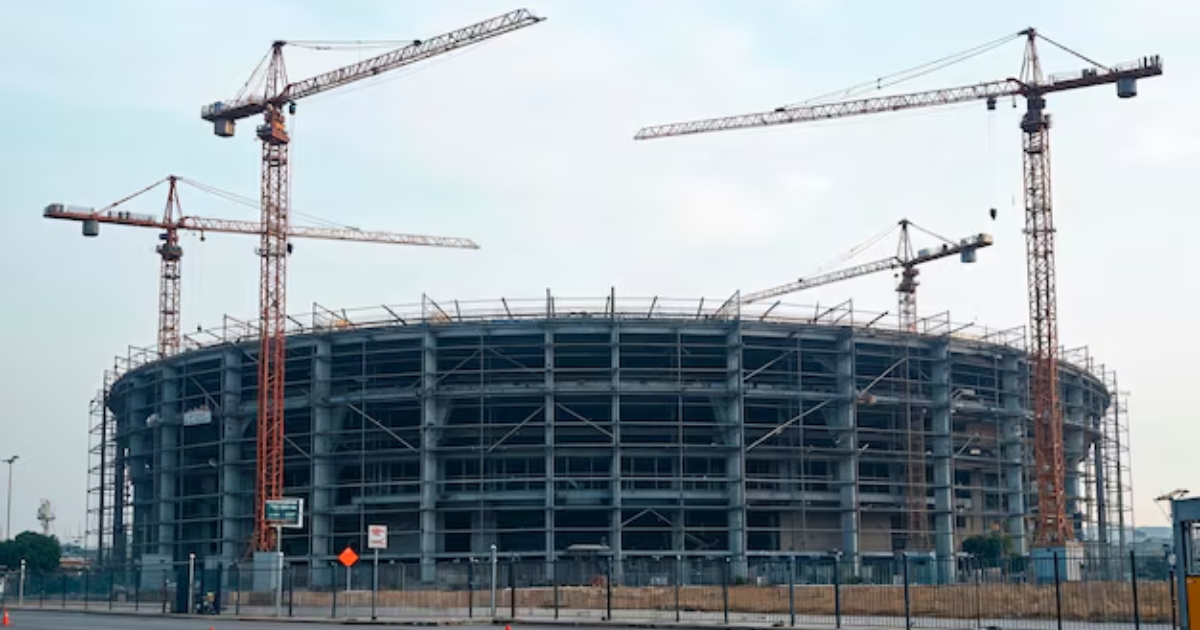In the world of construction, understanding the difference between RMC and RCC is crucial for ensuring the success of any project. Both RMC (Ready Mix Concrete) and RCC (Reinforced Cement Concrete) are fundamental materials used in construction, but they serve different purposes and have unique properties. In this blog, we will delve into the difference between RMC and RCC, exploring their definitions, components, applications, and advantages to provide a comprehensive comparison.
Definition and Components
Ready Mix Concrete (RMC): RMC is a type of concrete that is manufactured in a factory or batching plant according to a set recipe and then delivered to a work site, ready to use. The primary components of RMC include:
- Cement: The binding material that holds the mix together.
- Aggregates: Usually a mix of fine and coarse aggregates like sand, gravel, and crushed stone, which provide bulk and strength to the concrete.
- Water: Essential for the hydration of cement and the chemical reactions that allow the mix to harden.
- Admixtures: Chemical additives that modify the properties of the concrete mix, such as accelerators, retarders, water reducers, and superplasticizers.
Reinforced Cement Concrete (RCC): RCC is concrete that contains embedded steel bars, plates, or fibers to enhance its strength. The key components of RCC are:
- Concrete: Made from cement, aggregates, and water, forming the matrix.
- Steel Reinforcement: Rebars (steel rods) or mesh embedded within the concrete to provide tensile strength and help the concrete withstand various stresses.
- Admixtures: Optional, used to alter the properties of the concrete to meet specific performance requirements.
Key Differences
- Manufacturing Process:
- RMC: Manufactured in a controlled environment at a batching plant, ensuring uniformity and precision. The concrete mix is prepared with exact proportions and then transported to the construction site in transit mixers.
- RCC: Mixed at the construction site or in a batching plant, but the critical aspect is the placement of steel reinforcement within the concrete. The concrete mix is often prepared on-site, and the steel reinforcement must be accurately positioned before pouring the concrete.
- Quality Control:
- RMC: Subjected to stringent quality control measures at the plant, resulting in consistent quality. The batching process ensures that the mix meets the specified requirements, reducing the chances of human error.
- RCC: Quality can vary depending on the site conditions and the expertise of the workers handling the mix and reinforcement placement. Proper supervision and skilled labor are essential to maintain the quality of RCC.
- Application:
- RMC: Ideal for large-scale projects where a high volume of concrete is required quickly, such as in building foundations, pavements, bridges, tunnels, and highways. RMC is also used in residential and commercial buildings where consistent quality is essential.
- RCC: Used in structural components that need to withstand significant loads, such as beams, columns, slabs, retaining walls, dams, and water tanks. RCC is crucial in structures that require high strength and durability.
- Time Efficiency:
- RMC: Reduces construction time as it is delivered ready to use, eliminating on-site mixing. This is particularly beneficial in large projects where timely delivery and quick placement are crucial to maintaining project schedules.
- RCC: More time-consuming due to the need for placing and securing reinforcement before pouring the concrete. The process of setting up formwork, placing rebars, and ensuring proper alignment can be labor-intensive and time-consuming.
- Cost:
- RMC: Can be more cost effective for large projects due to reduced labor and time savings. While the initial cost of RMC might be higher, the overall savings in terms of reduced waste, labor costs, and construction time can make it more economical.
- RCC: Often more expensive because of the additional materials (steel reinforcement) and labor involved. The cost of skilled labor for proper placement of reinforcement and the meticulous process of on-site mixing can add to the overall expense.
Advantages
RMC:
- Consistency: Ensures uniformity in the mix, which translates to better structural integrity. The controlled environment of a batching plant minimizes variations in the mix, leading to higher quality and reliability.
- Convenience: Delivered to the site ready to use, saving time and reducing labor costs. RMC eliminates the need for on-site storage of raw materials and the associated handling.
- Efficiency: Ideal for projects requiring large volumes of concrete in a short period. The quick and efficient delivery and placement of RMC help in meeting tight project deadlines.
RCC:
- Strength: Combines the compressive strength of concrete with the tensile strength of steel, making it ideal for load-bearing structures. The reinforcement significantly improves the overall structural capacity and performance.
- Durability: Enhanced resistance to cracking and structural failure. The presence of steel reinforcement helps in distributing loads more evenly and prevents the propagation of cracks.
- Versatility: Can be used in various structural elements, providing flexibility in design. RCC can be tailored to meet specific design and performance requirements, making it suitable for a wide range of applications.
Conclusion
In summary, the key difference between RMC and RCC lies in their composition and application. RMC focuses on ready-to-use, quality-controlled concrete delivered to the site, while RCC emphasizes reinforced concrete with steel to enhance structural strength. Both materials are indispensable in modern construction, and choosing between them depends on the specific requirements of your project.
Whether you opt for RMC for its efficiency and convenience or RCC for its strength and durability, understanding the difference between RMC and RCC will help you make an informed decision. The difference between RMC and RCC ultimately influences the cost, quality, and timeline of your construction project, making it a critical factor in planning and execution.
In construction planning, knowing the difference between RMC and RCC can lead to better decision-making and project outcomes. By understanding the unique benefits and limitations of each material, you can ensure that your construction project meets its structural and financial goals effectively. Hence, always consider the difference between RMC and RCC when planning your next construction endeavor.







